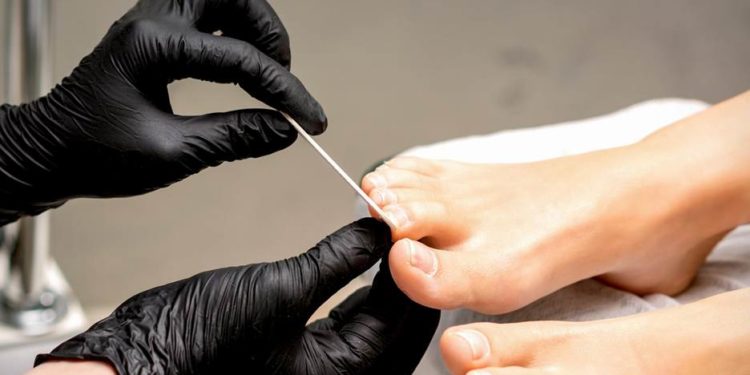Fungal infections are more common than many realize and can show up as rashes, itching, or painful skin problems. Over-the-counter topical antifungal creams are a helpful first step for fungal infections. Using them correctly is key to their effectiveness.
Knowing how to apply them and when to seek medical advice can speed up your healing. Keep reading to learn simple, clear steps for using antifungal medications safely and effectively.
What Are Topical Antifungal Medications?
Topical antifungal medications come in the form of creams, ointments, or powders made to treat fungal infections on the skin. They work by killing or inhibiting the growth of fungi, thereby aiding in skin healing over time. They are commonly used for ringworm, athlete’s foot, and yeast infections.
Apply these products as directed to clean, dry skin. Using them the right way helps prevent the infection from spreading or returning. Always finish the full course, even if symptoms start to improve early, to make sure the infection is completely gone.
Understanding Fungal Infections
Fungal infections happen when fungi grow in warm, damp areas of the body. This often includes places like the feet, groin, and skin folds. Common infections include athlete’s foot, ringworm, jock itch, yeast infections, and fungal nail infections.
It’s important to catch the signs early. Watch for itching, redness, or peeling skin. The right antifungal product can stop the infection and promote healing.
Using Topical Antifungal Medications Safely
Correct use of topical antifungal medications is key to optimal results. Always start by reading the instructions on the package so you understand how much to use and how often. Applying the medicine the right way helps it work better and keeps side effects low.
Clean the infected area before use. Wash it with soap and water, then dry it well to remove moisture and extra fungi. This crucial step allows the medication to penetrate deeper into the skin and combat the infection more effectively.
Stick to the full treatment plan, even if your symptoms go away early. Skipping doses or stopping too soon can let the infection come back. Avoid sharing towels, socks, and other personal items to prevent the easy spread of fungal infections.
When to Consult a Healthcare Provider
If your symptoms don’t improve after a few weeks or start to get worse, it’s important to consult a healthcare provider. They can accurately diagnose the type of fungal infection and recommend the most effective treatment. In some cases, prescription medications may be needed, though the cost of Jublia can vary depending on insurance and pharmacy discounts.
Take Control of Your Skin Health
Topical antifungal medications effectively combat fungal infections. When used the right way, they can help relieve discomfort and clear up symptoms fast. Ensure you follow all directions consistently and consult a healthcare provider if symptoms do not improve.
Your skin deserves proper care, and that starts with knowing how to use the right products safely. For more helpful tips and clear advice on treatment options, check out the rest of our blog.













































































